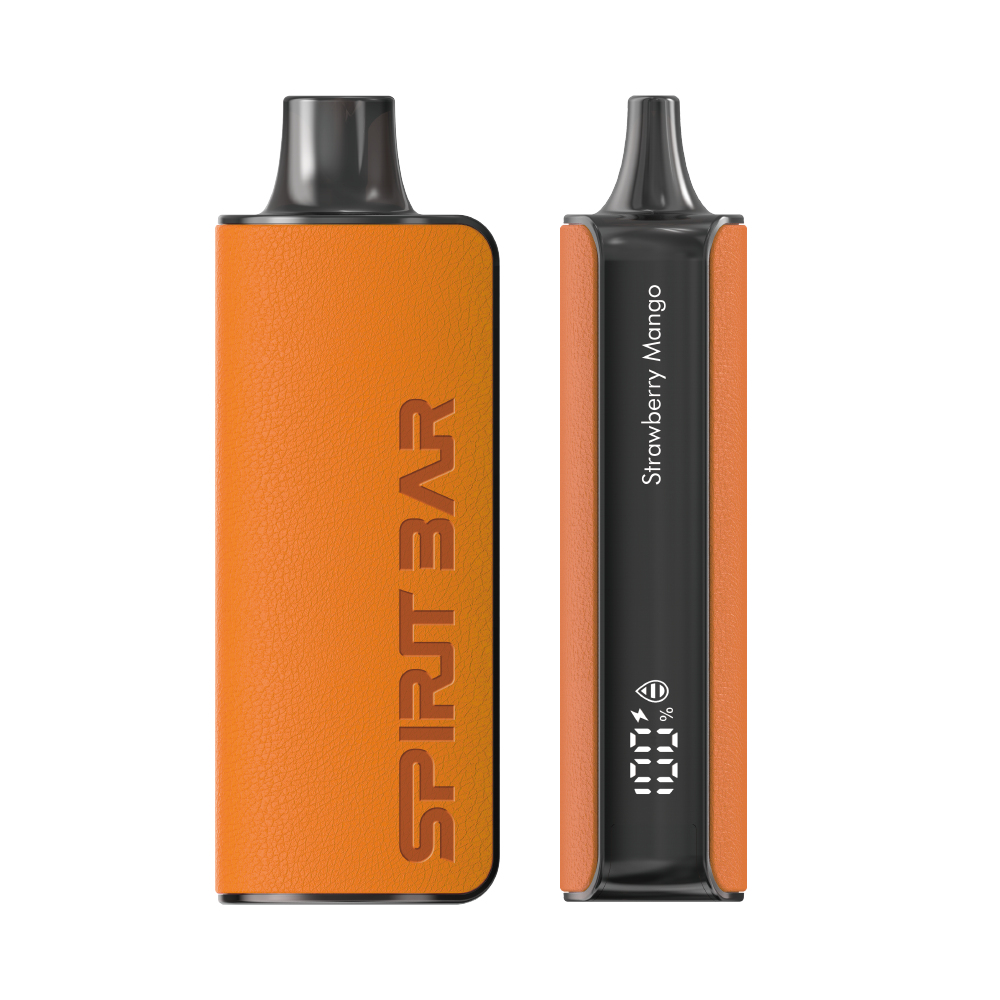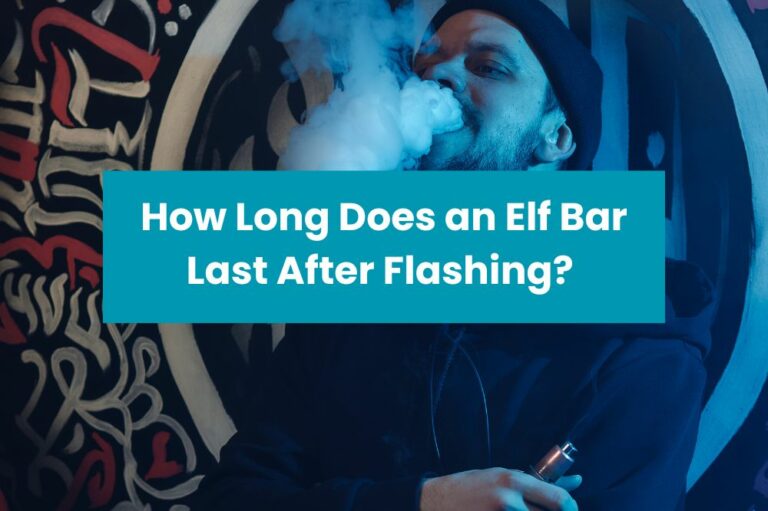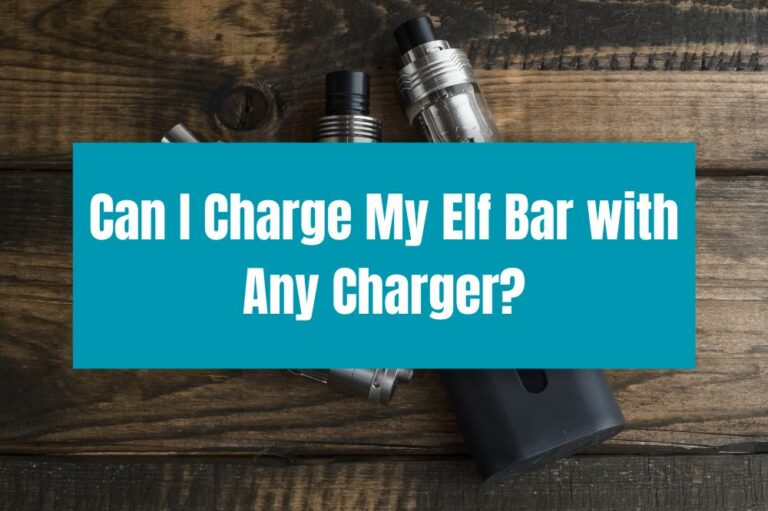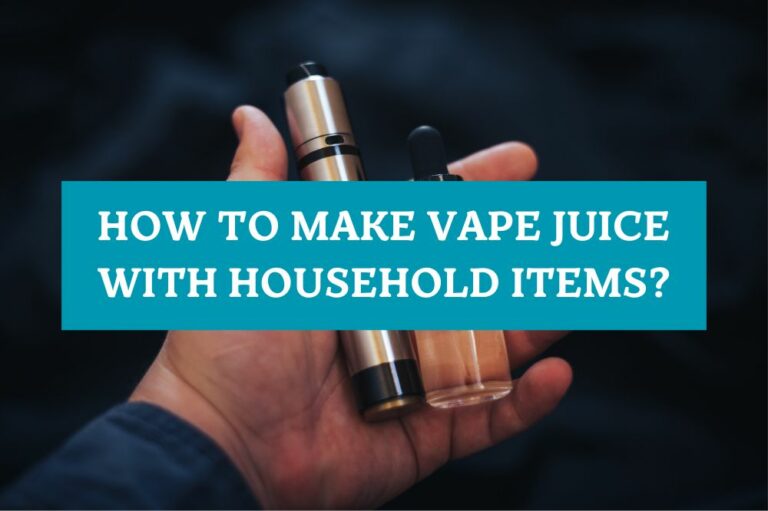How Do You Treat Vape Sickness?
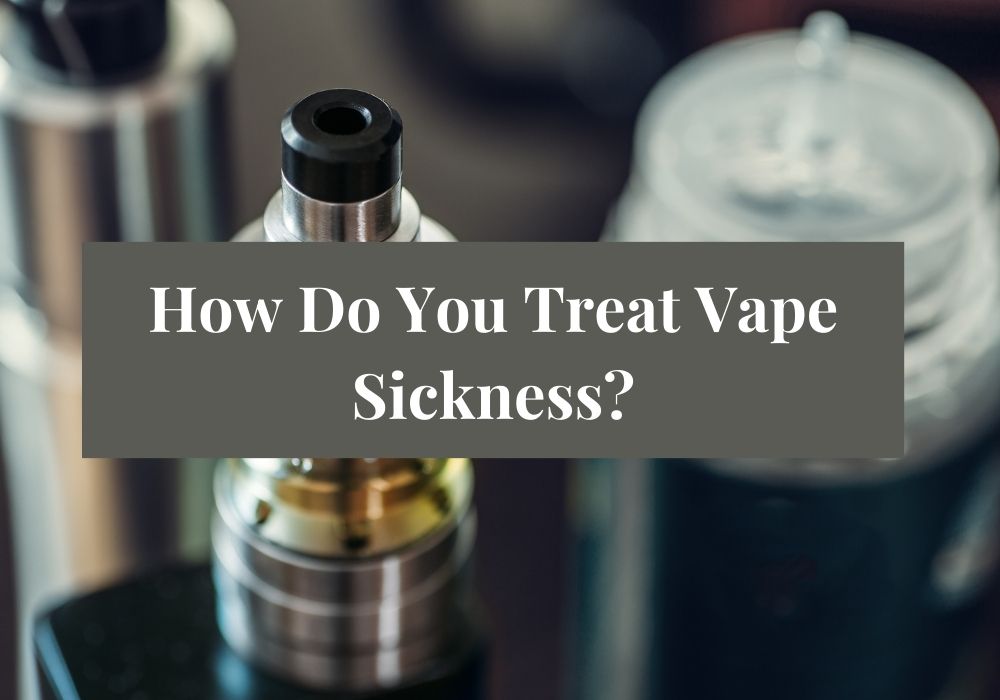
If you are experiencing symptoms of vape sickness, also known as vaping-associated lung injury (VALI), it is important to seek medical attention immediately. VALI is a serious condition that can cause severe respiratory distress, chest pain, and even death in some cases. The symptoms of VALI can vary, but typically include coughing, shortness of breath, chest pain, and fever.
Treatment for VALI will depend on the severity of your symptoms and the underlying cause of your illness. In some cases, hospitalization may be necessary to provide oxygen therapy, intravenous fluids, and other supportive care. If your symptoms are less severe, your doctor may prescribe medications to help alleviate your symptoms and monitor your condition closely. It is important to follow your doctor’s instructions closely and attend all follow-up appointments to ensure that your condition is properly managed.
If you are experiencing symptoms of VALI, it is important to avoid all vaping products, including e-cigarettes and other electronic nicotine delivery systems (ENDS). The Centers for Disease Control and Prevention (CDC) recommends that individuals refrain from using all vaping products until the cause of VALI is better understood. Additionally, it is important to avoid exposure to secondhand smoke and other environmental irritants that can worsen your symptoms. By taking these steps and seeking prompt medical attention, you can help manage your symptoms and prevent complications associated with VALI.
SPIRITBAR Katana BP10000
- Slender, leather-textured body reminiscent of a katana handle for an authentic samurai feel
- Unique samurai-inspired e-liquid flavor - fruity yet not too sweet, with a luxurious, elegant aroma
- Powerful 650mAh rechargeable battery for extended vaping time
- Large 18ml e-liquid capacity and 10,000 puff capacity
- Advanced mesh coil and e-liquid & power display screens for optimal vaping experience
The special juice captures the essence of the samurai spirit with its rich, smoothly pulsating flavor that brings new satisfaction with every puff. The device's slender, leather-textured design evokes the grip of a samurai's katana, making this product a perfect choice for beginner vapors.
Understanding Vape Sickness
If you are experiencing symptoms such as coughing, chest pain, shortness of breath, fatigue, fever, or nausea, you may be suffering from vape sickness. This condition, also known as e-cigarette or vaping-associated lung injury (EVALI), has affected thousands of people in recent years, and it is important to understand its symptoms and causes.
Symptoms
The symptoms of vape sickness can vary from person to person, but some common ones include:
- Coughing
- Chest pain
- Shortness of breath
- Fatigue
- Fever
- Nausea
- Vomiting
- Diarrhea
- Weight loss
- Loss of appetite
These symptoms can appear gradually over several days or weeks, or they can develop quickly over a few hours. If you experience any of these symptoms and you have a history of vaping, you should seek medical attention immediately.
SPIRITBAR Jack’s Flask 9000 Puffs
- Stylish pirate flask-shaped body providing an exciting vaping experience
- Delivering up to 9000 puffs per device
- 20ml e-liquid capacity with 50mg nicotine strength for satisfying throat hit
- Specialized pirate-themed e-juice flavors for rich, swirling taste
- Premium mesh coil optimizes flavor profile for maximum vaping enjoyment
This disposable vape captures the daring spirit of the high seas with its flask styling and signature pirate e-juice flavors. The extraordinary battery life provides 9000 indulgent puffs for extended vaping pleasure. Live boldly and freely with the Jack's Flask - a legendary vaping experience fit for a pirate's adventures.
Causes
The exact causes of vape sickness are still being studied, but it is believed to be related to the use of e-cigarettes and vaping devices. The Centers for Disease Control and Prevention (CDC) has identified several possible causes, including:
- Chemical exposure: Vaping liquids may contain harmful chemicals that can damage the lungs.
- Lung irritation: The act of inhaling vapor can irritate the lungs and cause inflammation.
- Infection: Vaping devices may harbor harmful bacteria or viruses that can cause lung infections.
- Vitamin E acetate: This substance, which is sometimes added to vaping liquids, has been linked to some cases of vape sickness.
It is important to note that not all cases of vape sickness are the same, and the causes may vary from person to person. If you are experiencing symptoms of vape sickness, it is important to see a healthcare provider who can evaluate your condition and provide appropriate treatment.
Immediate Action to Take
If you are experiencing symptoms of vape sickness, it is important to take immediate action to address the issue. Here are some steps you can take:
- Stop vaping immediately. If you are experiencing symptoms of vape sickness, the first thing you should do is stop using your vape pen or e-cigarette. Continuing to vape can worsen your symptoms and potentially cause further damage to your lungs.
- Seek medical attention. If you are experiencing severe symptoms such as chest pain, difficulty breathing, or coughing up blood, seek medical attention immediately. These symptoms could be a sign of a more serious condition such as pneumonia or lung damage.
- Stay hydrated. Drinking plenty of fluids can help to loosen mucus and ease coughing. It is important to stay hydrated, especially if you are experiencing nausea or vomiting.
- Rest and avoid physical activity. Resting can help your body to recover from the effects of vape sickness. Avoiding physical activity can also help to prevent further damage to your lungs.
- Use a humidifier. A humidifier can help to ease respiratory symptoms such as coughing and congestion by adding moisture to the air.
Remember, if you are experiencing symptoms of vape sickness, it is important to take immediate action to address the issue. By following these steps, you can help to alleviate your symptoms and prevent further damage to your lungs.
Medical Treatment Options
If you are experiencing symptoms of vape sickness, it is important to seek medical attention as soon as possible. Your doctor will be able to determine the best course of treatment for your specific situation. Here are some common medical treatment options for vape sickness:
Medication
Your doctor may prescribe medication to help alleviate your symptoms and treat any underlying conditions. Some common medications used to treat vape sickness include:
SPIRITBAR Katana BP10000
- Slender, leather-textured body reminiscent of a katana handle for an authentic samurai feel
- Unique samurai-inspired e-liquid flavor - fruity yet not too sweet, with a luxurious, elegant aroma
- Powerful 650mAh rechargeable battery for extended vaping time
- Large 18ml e-liquid capacity and 10,000 puff capacity
- Advanced mesh coil and e-liquid & power display screens for optimal vaping experience
The special juice captures the essence of the samurai spirit with its rich, smoothly pulsating flavor that brings new satisfaction with every puff. The device's slender, leather-textured design evokes the grip of a samurai's katana, making this product a perfect choice for beginner vapors.
- Steroids: Steroids can help reduce inflammation in your lungs, which can be helpful if you are experiencing breathing difficulties.
- Antibiotics: If your symptoms are caused by a bacterial infection, your doctor may prescribe antibiotics to help clear it up.
- Bronchodilators: These medications can help open up your airways and make it easier for you to breathe.
It is important to follow your doctor’s instructions carefully when taking medication for vape sickness. Do not stop taking your medication without first consulting your doctor.
Therapy
In addition to medication, your doctor may recommend therapy to help you manage your symptoms and improve your overall lung function. Some common types of therapy used to treat vape sickness include:
- Oxygen therapy: If you are having difficulty breathing, your doctor may recommend oxygen therapy to help you get the oxygen your body needs.
- Pulmonary rehabilitation: This type of therapy can help improve your lung function and overall physical fitness through exercise and other techniques.
- Counseling: If you are experiencing anxiety or other mental health issues related to your vape sickness, your doctor may refer you to a counselor or therapist for support.
Remember, the best way to treat vape sickness is to stop using e-cigarettes or vaping products altogether. Talk to your doctor about your options for quitting and getting the help you need to recover from this condition.
Lifestyle Changes
Making certain lifestyle changes can help alleviate symptoms of vape sickness. Here are some things you can do to improve your overall health:
Diet
Eating a healthy and balanced diet is important for anyone, but particularly for those suffering from vape sickness. Foods that are rich in vitamins and antioxidants can help boost your immune system and help your body fight off the effects of vaping. Try to incorporate more fruits, vegetables, whole grains, and lean proteins into your diet.
Exercise
Regular exercise can help improve your overall health and reduce symptoms of vape sickness. Exercise can help boost your immune system, improve your lung function, and reduce stress. Try to get at least 30 minutes of moderate exercise most days of the week. You can try activities like walking, biking, swimming, or yoga.
Rest
Getting enough rest is crucial for your body to repair and recover. Make sure you are getting enough sleep each night and taking breaks throughout the day to rest and recharge. Avoid overexerting yourself and listen to your body when it needs a break.
Making these lifestyle changes can help improve your overall health and reduce symptoms of vape sickness. Talk to your doctor about other lifestyle changes you can make to improve your health.
Preventing Vape Sickness
If you want to avoid vape sickness, there are a few things you can do to reduce your risk. Here are some tips:
Reducing Vape Usage
One of the best ways to prevent vape sickness is to reduce how much you vape. If you’re someone who vapes frequently throughout the day, try cutting back to just a few times per day. You might also consider switching to a lower-nicotine e-juice or a vape device with a lower wattage.
Alternative Nicotine Sources
If you’re looking for an alternative to vaping, there are a few options to consider. Nicotine gum, patches, and lozenges are all available over-the-counter and can be effective at reducing nicotine cravings. You might also consider trying a nicotine-free vape juice or a non-nicotine vape device.
No matter what you choose, it’s important to talk to your doctor or a healthcare professional before making any changes to your nicotine habits. They can help you determine the best course of action based on your individual needs and health history.

